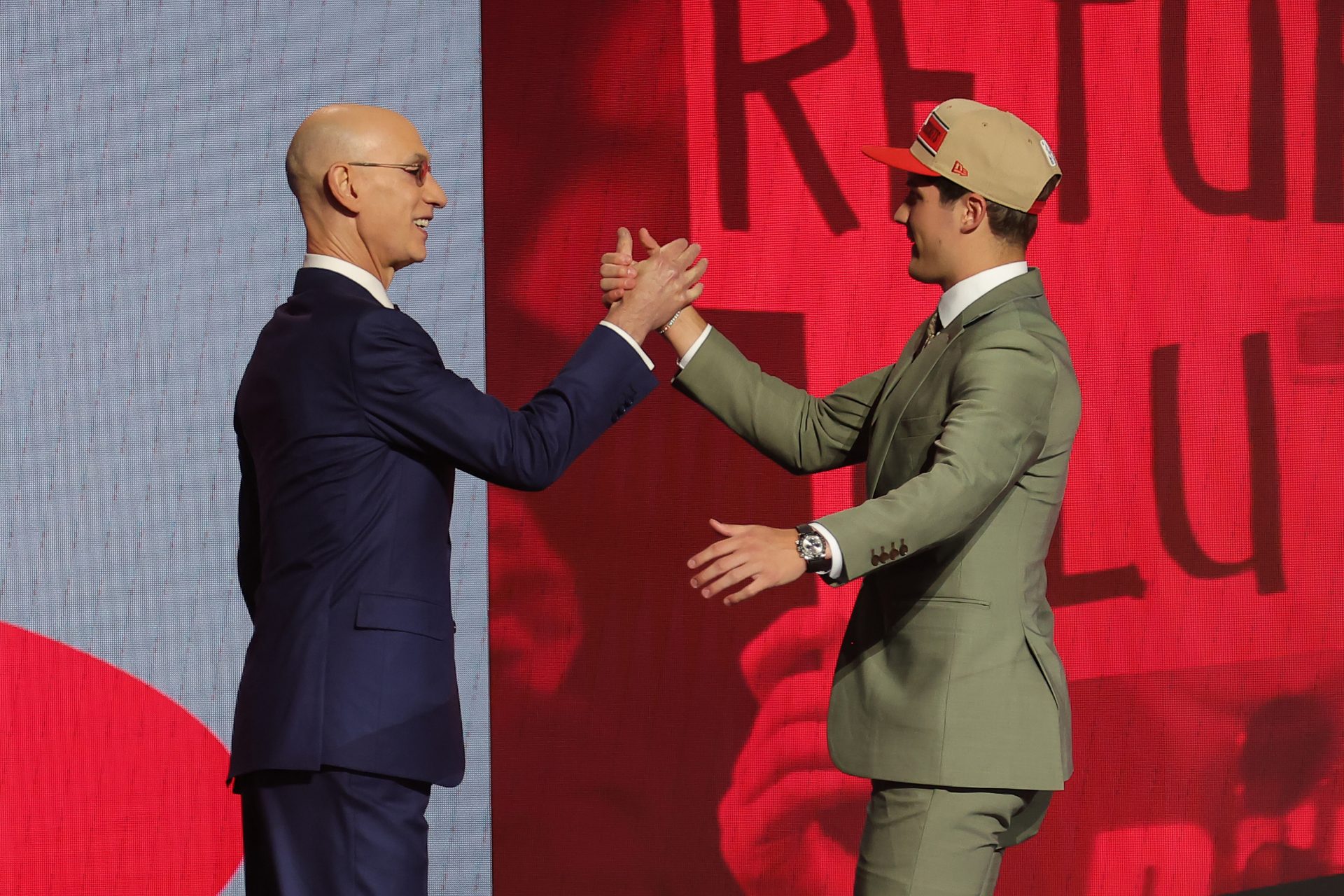Both the NFL and NBA Drafts are major professional sports events that grant teams the chance to restructure their talent pool through new recruits.
The draft procedures in both the NBA and NFL follow different guidelines for eligibility standards and candidate selection. Let’s explore the key differences between the two drafts.
What Are the Biggest Differences Between the NBA Draft and NFL Draft?
1. Number of Rounds
NBA Draft: The NBA Draft encompasses two rounds, resulting in only 60 selections. Each NBA team receives two draft choices since the league has 30 teams, which leads to an emphasis on selecting quality athletes rather than a large quantity of players.
NFL Draft: The NFL Draft spans seven rounds and can yield 256 draft picks or more because of compensatory selections. The increased number of football positions and larger rosters provide teams with multiple chances to make draft picks.
2. Player Pool and Recruitment
NBA Draft: Most NBA draftees come from college basketball, particularly through NCAA programs. The NBA enables eligibility to be drafted for athletes who turn 19 and meet a one-year requirement after finishing high school.
NFL Draft: NFL prospects are almost exclusively college football players. The NFL requires all new players to spend three years after their high school graduation demonstrating proper physical and mental readiness for professional football.
3. Draft Lottery vs. Draft Order
NBA Draft: The first 14 selections of the NBA draft depend on a random draw process known as the draft lottery among playoff-missing teams. The system acts as a deterrent for teams that would intentionally lose games to secure the top draft selection.
A team that performs poorly in the season has a better chance of securing top draft picks through a lottery, which introduces an element of chance.
NFL Draft: The NFL organizes the draft order based on the inverse order of their previous season standings. Teams with the worst performance in the previous season receive the first selection of players, while the Super Bowl champions select last.
This method clearly explains the direct benefits to teams, yet it ties weak team performance to better draft opportunities.
4. Salary Structure
NBA Draft: First-round selections in the NBA Draft receive contract guarantees according to their draft rank from the structured rookie salary scale. The players selected in the second round must typically negotiate the terms of their contracts.
NFL Draft: Rookie contracts exist in the NFL Draft, though they only guarantee such benefits to first-round selections. Later-round draft picks usually accept less profitable contracts with shorter durations, including uncertain team membership status.
RELATED: Why College Basketball Players Keep Transfer Options Open After Declaring for the NBA Draft
The draft processes of these leagues function differently, though they all work toward finding new talent. Fans from both leagues patiently wait for draft day because the event brings future excitement and professional opportunities for young sports talents.
College Sports Network has you covered with the latest news, analysis, insights, and trending stories in college football, men’s college basketball, women’s college basketball, and college baseball!


